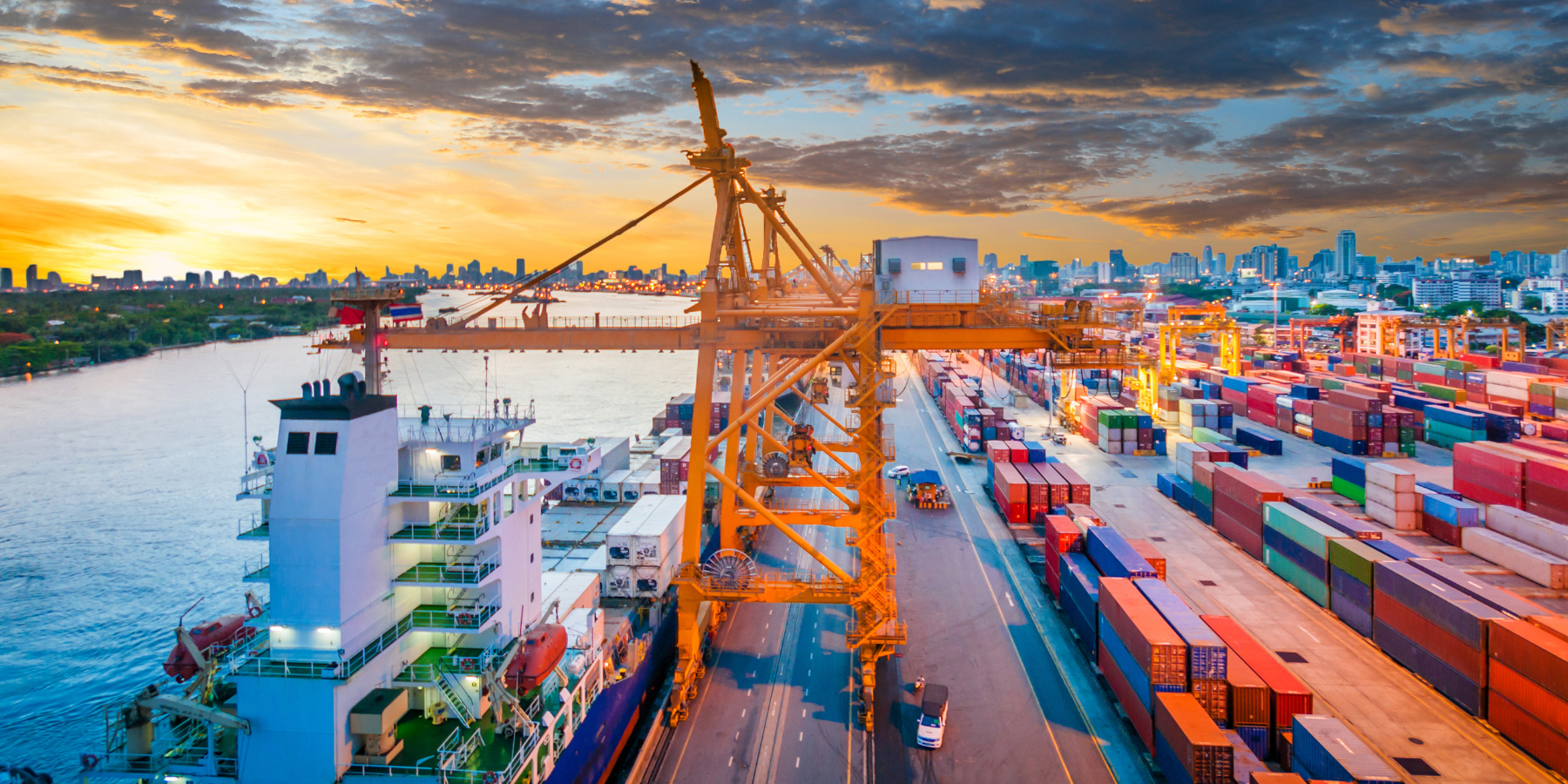Since meeting in Guam in May, there have been no further Trans-Pacific Partnership (TPP) negotiations between the participating countries. As a Canadian you may be one of the three out of four who have no idea that Canada is even one of the 12 Pacific Rim countries involved. So who sits at the table?
- Australia
- Brunei
- Canada
- Chile
- Japan
- Malaysia
- Mexico
- New Zealand
- Peru
- Singapore
- USA
- Vietnam
The Canadian Press report that these countries represent a market of almost 800 million people and a combined gross domestic product of more than $25 trillion. If concluded, the deal would encompass 40 per cent of the world’s GDP.
What is the Trans-Pacific Partnership?
The Trans-Pacific Partnership is a free trade deal aimed at further expanding the flow of goods, services and capital across borders. The federal government maintains the TPP would enhance trade in the Asia-Pacific region, providing greater economic opportunity for Canadians. “It is a further example of our determination to diversify our exports and create jobs, growth and long-term prosperity for Canadian families??? said Prime Minister Stephen Harper at the 2012 G20 summit.
Is Canada stalling the agreement?
CBC news recently reported International Trade Minister, Ed Fast will be in Hawaii to take part in the talks. Stakeholders suggest much work remains — from market access talks for key commodities to intellectual property rights to labour mobility issues. However, the main issue – and the topic that has made headlines recently – is what Canada will bring to the table with respect to the agricultural industry. It’s no secret that during trade negotiations countries seek to protect their sensitive commodities. But will the TPP countries allow Canada to proceed without presenting a plan to ease or eliminate barriers to agricultural trade? The US is frustrated because they want to see Canada bring a meaningful proposal to the table. Poultry and dairy were excluded from NAFTA and gaining access to these markets via TPP would have a large impact on US exports.
The heavily protected dairy and poultry industries are nervous as deregulation, like any regulatory change, can have a big impact – especially for the smaller guy. The livelihood of the smaller farmer is an area of concern with the potential increased competition. However, using New Zealand as an example, a country that fully deregulated its milk market over ten years ago, there are long term benefits to deregulation. The proof is in the numbers, as reported in the Globe and Mail: “New Zealand now exports 95 per cent of its dairy production, compared to just 5 per cent for Canada.???
On July 21st, The Globe and Mail reported that: “After 19 rounds and numerous meetings of officials, TPP negotiations are nearing completion. What Canadians need to realize is that by addressing our supply management system within the context of the TPP, we have an opportunity to develop dairy and poultry export industries that will allow Canada to punch above its weight. A massive market in Asia awaits.???
The International Trade Minister’s office reiterated that Canada’s goal was to “secure balanced outcomes that benefit all sectors of our economy, across all regions of our country” and Canada would only sign if the deal “significantly benefits Canadian businesses, workers and their families??? said a spokesman from the Minister’s office.
Mantoria and its international network of agents and partners can assist with your organization’s queries concerning international trade and transportation. Please contact us today to speak with one of our logistics and international transport consultants.



